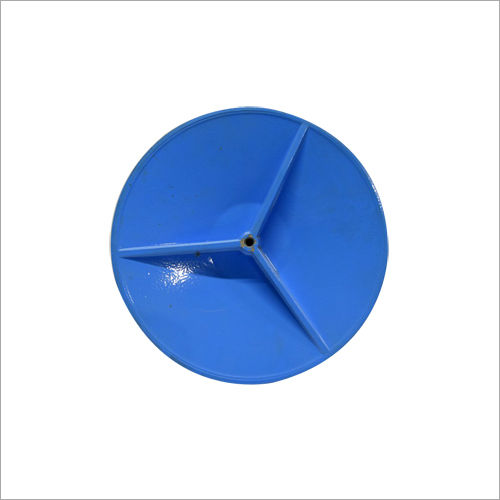Golf Course Part Aluminium Casting
Product Details:
- Usage to make brackets for heavy-duty equipment like crankcase housing, motor housing, and gearbox housings.
- Product Type Golf Course Part Aluminium Casting
- Casting Process Die Casting
- Application Industrial
- Surface Treatment Painted
- Click to View more
Golf Course Part Aluminium Casting Price And Quantity
- 27 INR/Piece
- 20 Piece
Golf Course Part Aluminium Casting Product Specifications
- Industrial
- to make brackets for heavy-duty equipment like crankcase housing, motor housing, and gearbox housings.
- Golf Course Part Aluminium Casting
- Die Casting
- Painted
Golf Course Part Aluminium Casting Trade Information
- 15 Piece Per Day
- 1 Hours
Product Description
This Golf Course Part Aluminium Casting is manufactured using aluminum and molded in the desired shape by incorporating metal extrusion techniques. Customers use this casting to make golf course part in various dimensions and shapes by pouring molten metal into it. You can conveniently cast a component which is generally used by sportspersons while playing golf course in the playground. The provided casting withstands high temperatures to design product in precise shape, finish and dimension. This casting is dimensionally accurate, lightweight and recyclable. Our offered Golf Course Part Aluminium Casting is cherished for its outstanding EMI and RFI shielding properties.
The use of aluminum casting in the production of golf course parts is a common practice especially for components that require precision durability and corrosion resistance Here is an overview of how aluminum casting might be involved in the manufacturing of various golf course parts
Design and Pattern Creation
The first step involves designing the golf course part and creating a pattern or mold This pattern is often made of materials like wood plastic or metal and represents the final shape of the component
Mold Making
The pattern is used to create a mold This mold can be made from various materials including sand plaster or metal depending on the casting method employed The mold is designed to withstand the high temperatures of molten aluminum
Melting and Pouring
Aluminum is melted in a furnace until it reaches a liquid state The molten aluminum is then poured into the mold The metal takes the shape of the mold as it cools and solidifies
Cooling and Solidification
The poured aluminum cools and solidifies within the mold The cooling time is crucial to ensure that the metal has fully hardened and retained the desired shape
Demolding
Once the aluminum has solidified the casting is removed from the mold This process may involve breaking the mold for expendable molds or opening it for reusable molds
Finishing
The casting may undergo additional finishing processes to achieve the desired surface quality This can include machining sanding polishing or coating to enhance appearance and performance
Quality Inspection
The final golf course part is thoroughly inspected for any defects or imperfections This step ensures that the component meets quality standards and specifications
Assembly if applicable
If the golf course part is part of a larger assembly it may be assembled with other components using welding fasteners or other methods
Common golf course parts that may involve aluminum casting include flagsticks flagstick holders tee markers yardage markers and other decorative or functional elements
The specific casting method such as sand casting die casting or investment casting and the alloy of aluminum used will depend on the requirements of the golf course part and the manufacturers capabilities Working with experienced foundries or manufacturers can help ensure the successful production of highquality golf course components





